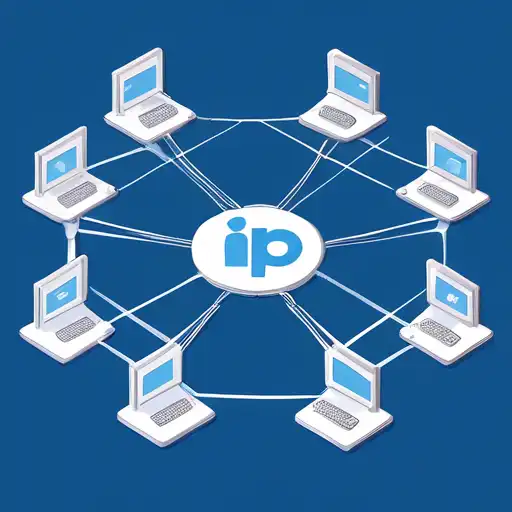Introduction to IP Addresses
In the digital world, an IP (Internet Protocol) address is akin to a home address for your computer or device on a network. It's a unique identifier that allows devices to communicate with each other over the internet or local networks. Understanding IP addresses is fundamental for anyone looking to grasp the basics of networking.
What is an IP Address?
An IP address is a numerical label assigned to each device connected to a computer network that uses the Internet Protocol for communication. It serves two main functions: identifying the host or network interface and providing the location of the host in the network.
Types of IP Addresses
There are two versions of IP addresses in use today: IPv4 and IPv6. IPv4 addresses are 32-bit numbers, typically displayed in decimal format as four octets separated by periods (e.g., 192.168.1.1). Due to the exponential growth of the internet, IPv6 was introduced, which uses 128-bit addresses, allowing for a vastly larger number of unique addresses.
How IP Addresses Work
When you type a website's URL into your browser, your device uses DNS (Domain Name System) to translate the domain name into an IP address. This IP address is then used to route your request through the network to the server hosting the website, which responds by sending the requested data back to your device's IP address.
Static vs. Dynamic IP Addresses
IP addresses can be static or dynamic. A static IP address remains constant, making it ideal for hosting websites or services. Dynamic IP addresses, assigned by DHCP (Dynamic Host Configuration Protocol), can change over time and are commonly used for residential internet connections.
Why Understanding IP Addresses is Important
Knowing how IP addresses work is crucial for troubleshooting network issues, setting up a home network, or pursuing a career in IT. It's the foundation upon which the internet and local networks operate, enabling devices to find and communicate with each other.
Conclusion
IP addresses are the cornerstone of network communication, enabling devices to connect and share information across the globe. Whether you're a budding IT professional or just curious about how the internet works, understanding the basics of IP addresses is an essential first step.
For more insights into networking basics, check out our guide on Networking Fundamentals.
